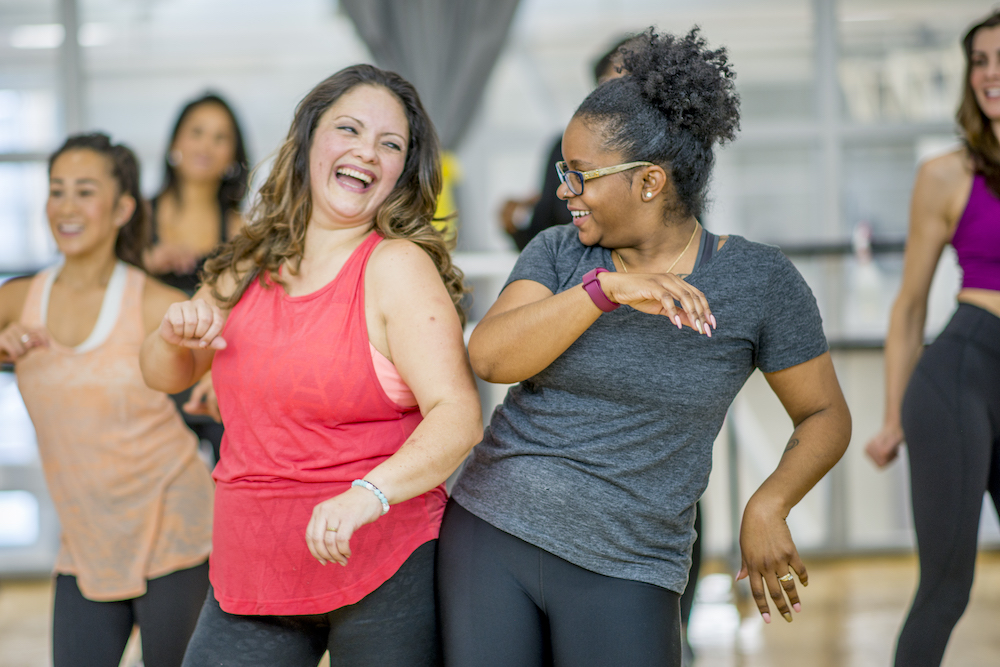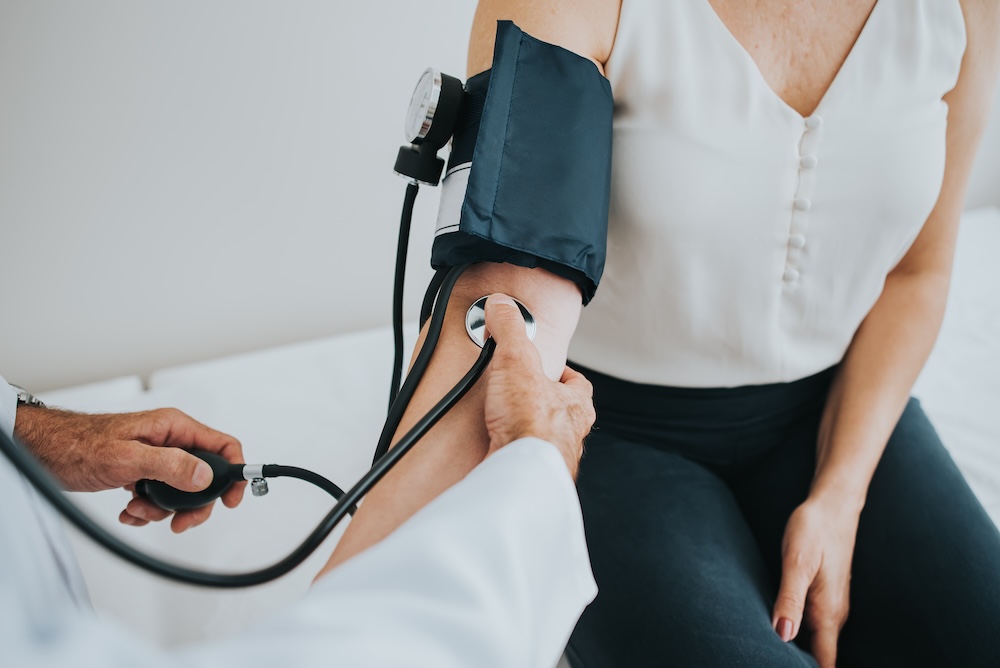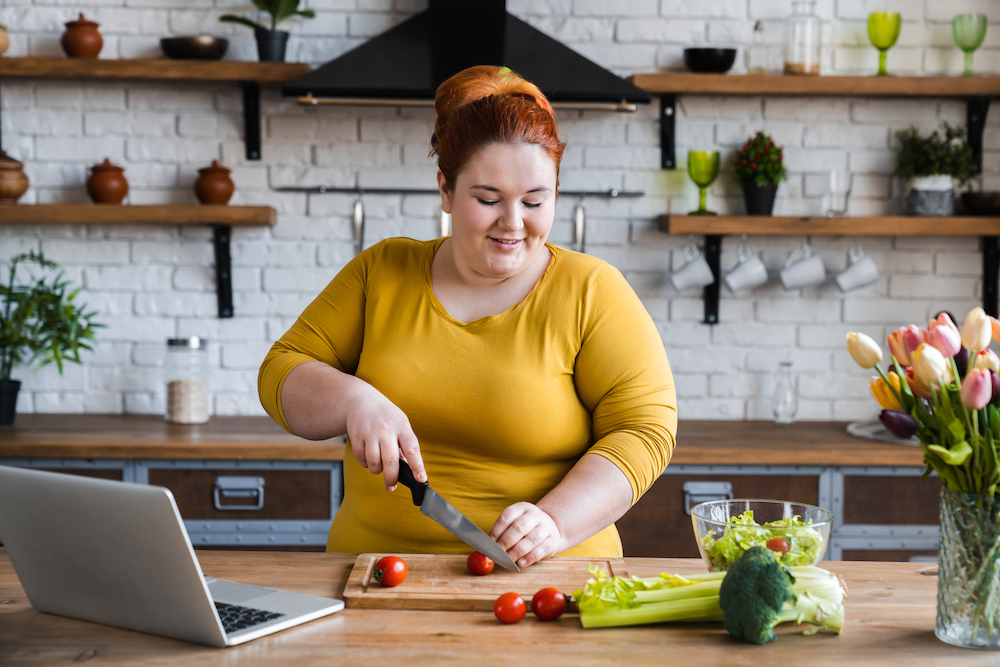As you get older, your risk of breaking bones increases. Why does this happen and is there a link between osteoporosis and menopause? We explain how bones become weaker and stronger, and what you can do to keep them healthy.
Find what you need quickly
- What happens to your bones as you age?
- What are osteopenia and osteoporosis?
- How common is osteoporosis?
- Is osteoporosis linked to menopause?
- How can you improve your bone health?
- How do you test for osteoporosis?
- Should you be screened for osteoporosis?
- Are there any treatments for osteoporosis?
- Final word
What happens to your bones as you age?
Two main types of cells work to keep your bones healthy:
- Osteoblasts. These help to make new bone. When you are younger, osteoblast activity is greater, but as you get older, these cells function less well
- Osteoclasts. These cells break down old bone. Their activity increases as you get older
What does this mean? Quite simply your bones get thinner, weaker, less dense, and are more likely to break, as you age.
What are osteopenia and osteoporosis?
When your bones lose some of their bone density, it is called osteopenia. This means your bones have become thinner and you have a small increased risk of fractures.
If you continue to lose more of that bone mass you have a more elevated risk of fractures and this is known as osteoporosis.
You often don’t know what is happening to your bone mass and have no idea of the strength or weakness of your bones until they break. Most people with thinning of the bones aren’t aware of the problem until they have a fracture.
Osteoporosis causes bones to break without much pressure at all. When you are young, and you fall over or bump into something, you are unlikely to break a bone. Once osteoporosis sets in, even a very minor fall or stress on one of your bones can cause a fracture. These are called fragility fractures because your bones are more fragile.
As osteoporosis progresses, the bones in your spine can lose density and they can start to crumble. This leads to pain in the back, loss of height, and curving of the spine.
How common is osteoporosis?
It is surprisingly common. Studies show that 1 in 3 women over the age of 50 will experience a fracture due to osteoporosis in their lifetime. For men, the chances are more like 1 in 5.
Is osteoporosis linked to menopause?
Estrogen plays a very important role in bone health. This is because it promotes the activity of osteoblasts, which are your bone-building cells. When estrogen levels decline during menopause, so does osteoblast activity, and then you don’t lay down as much new healthy bone.
Risk factors beyond your control
- Aging – this plays the biggest role
- Your family history – if your mother, grandma, or sisters have osteoporosis, you are more likely to get it
- Having a small build can increase your chances
- Certain medical conditions, such as hypothyroidism and diabetes, and certain drugs, such as steroids, can increase your risk
- Bed rest for long periods can contribute to bone loss
How can you improve your bone health?
Lifestyle factors play an important part. Here are a few things you can do to help your bone health.
- Stop smoking. Quitting has a positive effect on your bone density and significantly reduces your risk of osteoporosis. Stopping smoking also has benefits for your overall health, including reducing your risk of cancer, lung disease, heart disease, and dementia
- Watch your alcohol intake. Drinking more than one drink of alcohol per day – such as a glass of wine or one shot of gin – increases your risk of fractures. Alcohol can also worsen some menopause symptoms including hot flashes, mood issues, and poor sleep
- Have a healthy, balanced diet. The ideal diet to promote good bone density includes lots of protein, vitamins, and minerals. Eat three meals a day with lots of fruits and vegetables
- Get enough vitamin D and calcium. Aim to get 1000mg of calcium per day from your diet and supplements combined – there is about 120mg in 100ml of 2% fat milk. Most of your vitamin D comes from the effect of sunlight on your skin. The only common foods that contain a significant amount of vitamin D are oily fish. Vitamin D supplements are recommended in places where sun exposure is low. These can be bought over the counter at pharmacies and supermarkets. The US recommendation is 600-800 IU per day. Like many vitamins and minerals, more is not always better. In fact, too much can be harmful
- Maintain a healthy weight. Being underweight – a BMI lower than 18.5 – is a known risk factor for osteoporosis. Speak to a healthcare professional if you are struggling to gain weight
- Incorporate exercise into your routine. Weight-bearing exercise, such as walking, running, and strength training, is a good way to boost bone density.
Calcium and vitamin D – what’s the connection?
Calcium is needed to help build and maintain bones and vitamin D helps your body effectively absorb calcium and get it to where it’s needed. Both are essential for strong bones.
How do you test for osteoporosis?
Bones are tested with a specific type of X-ray called a DEXA scan. This looks at the bones in your hips and your spine and calculates your bone mineral density.
Sometimes, bone thinning can be seen on a normal X-ray. A DEXA scan is recommended as a follow-up if this is the case.
Should you be screened for osteoporosis?
DEXA screening is recommended for all women aged 65 or over. Testing is also recommended for people who are considered to be at high risk of osteoporosis, including:
- People with a strong family history of osteoporosis
- Those who have gone through early menopause
- People who have a personal history of a fracture of the hip, spine, wrist, or arm from trauma that would not have predictably resulted in a fracture
- People on long-term steroid use
- Those with low weight/body mass index, and certain medical conditions
Healthcare providers use a screening tool called FRAXplus to calculate your personal risk.
Are there any treatments for osteoporosis?
Yes, there are. In addition to the lifestyle choices discussed above, a healthcare professional may advise taking medication to help preserve your bone density if you have osteoporosis. These may include:
- Bisphosphonates such as alendronate and risedronate. These are most commonly used and work by reducing the activity of osteoclasts so that bone is broken down more slowly
- Other prescription medications include teriparatide, denosumab, and raloxifene
- Hormone therapy (HT). Hormone therapy is not currently recommended as a treatment for established osteoporosis, but estrogen is cleared to help prevent osteoporosis as it is very good at slowing loss of bone density – alongside other benefits
What exercises improve your bone density?
You can begin by making a gradual start. Try it out the next time you are making a cup of coffee at work or at home, or watching TV. Do this regularly and you can start maintaining your bone health.
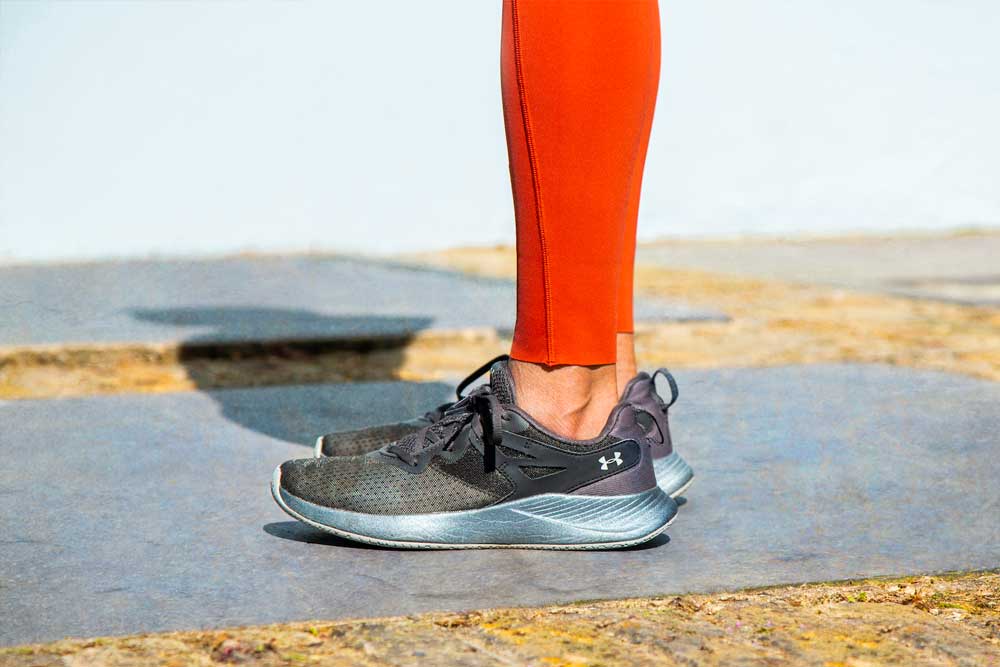
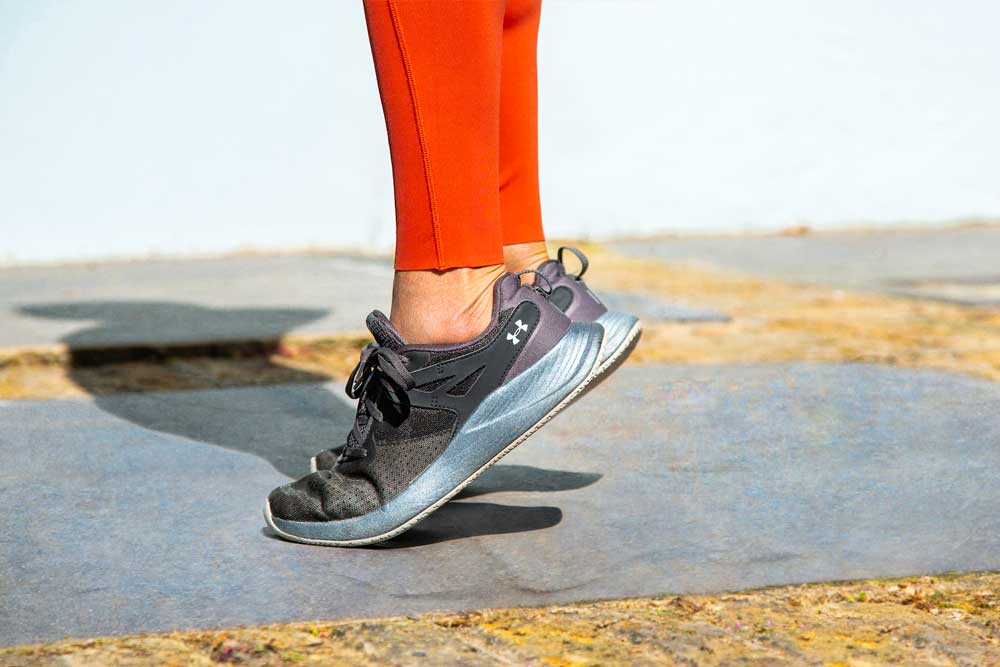
1 – Calf Raises
Do 12 repetitions three times (12 x 3).
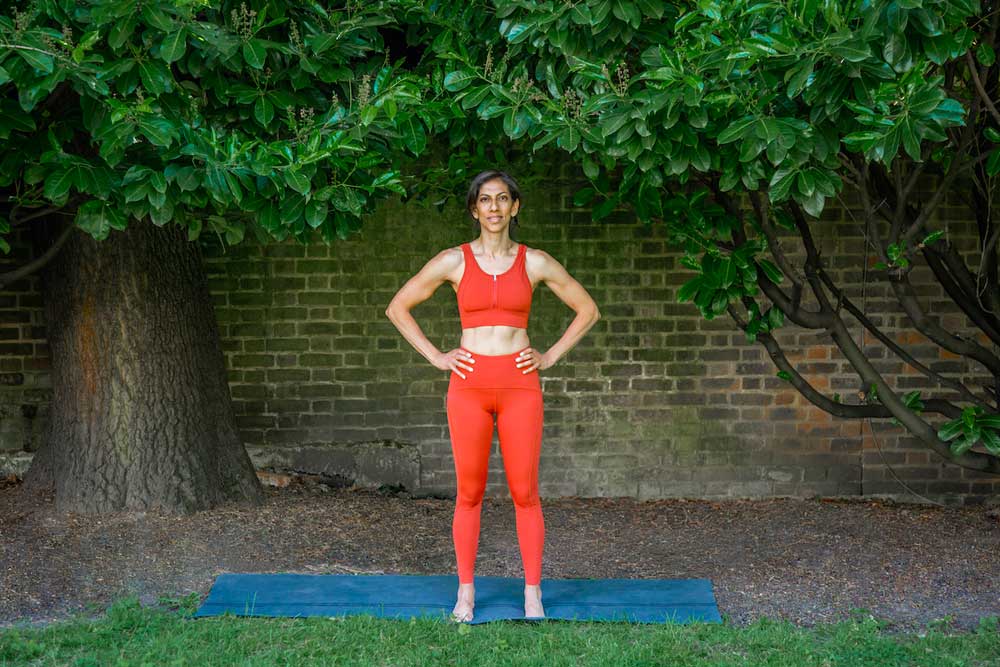
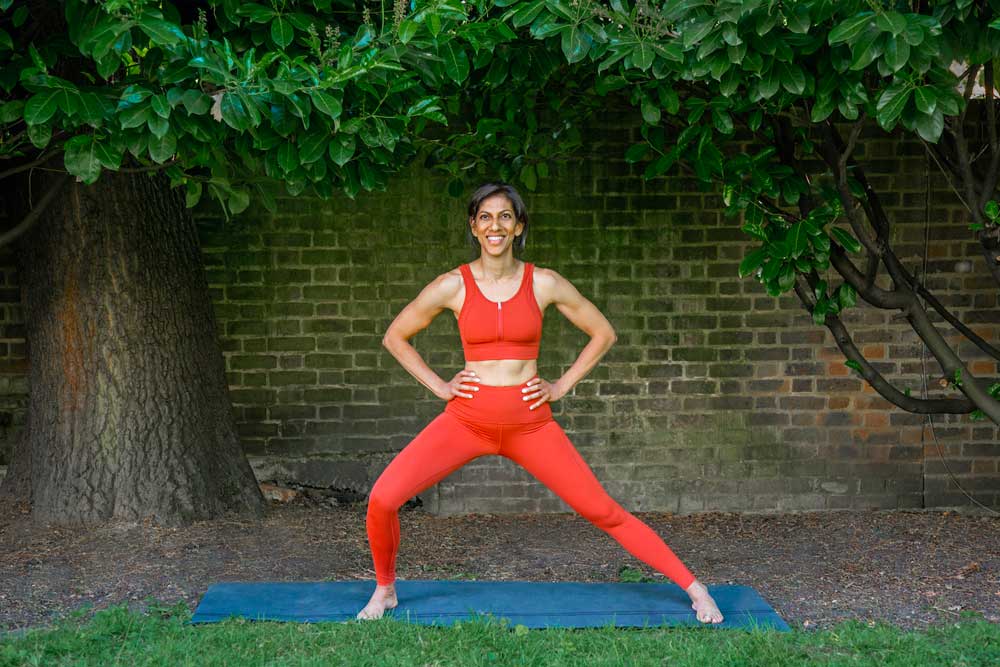
2 – Side Lunges
Do two sets of eight repetitions (2 x 8). This exercise is a great start on trunk control and it can improve posture and back pain too!
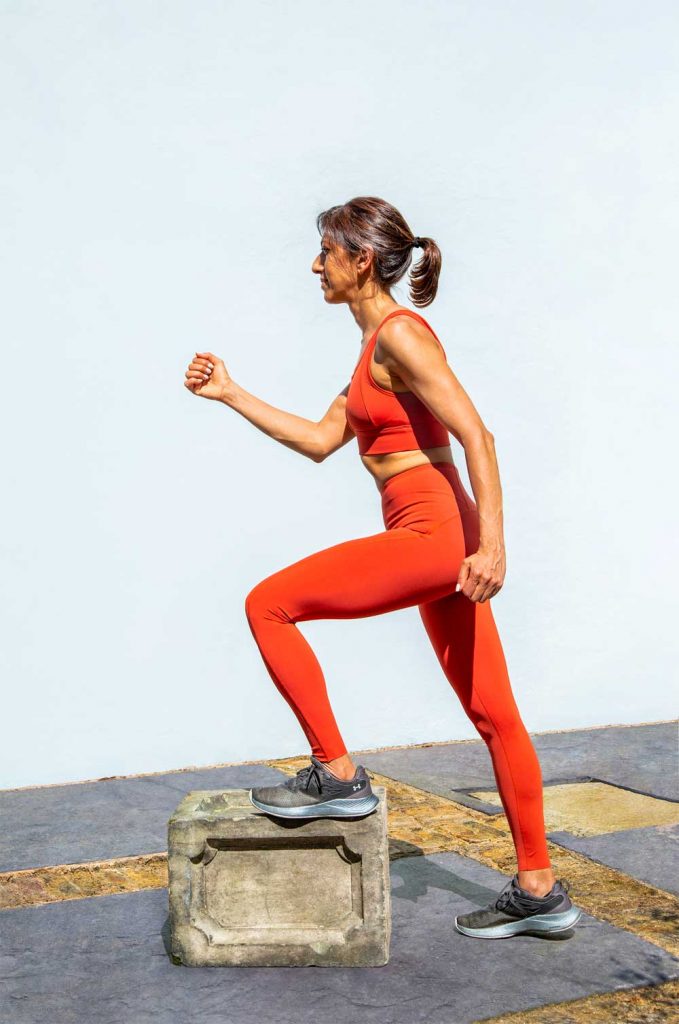
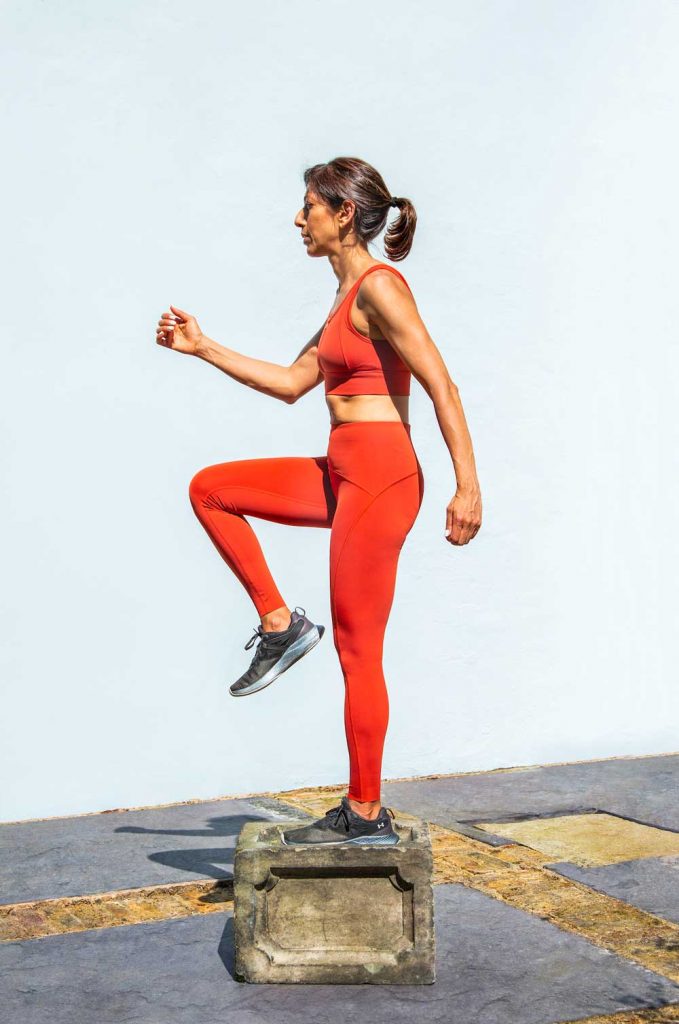
3 – Step ups
Do two sets of eight repetitions (2 x 8). This exercise is a great start on trunk control and it can improve posture and back pain too!
Do this for two minutes consecutively. You can interchange this time-based exercise with either of the others. This exercise has the added benefit of increasing your aerobic fitness by getting your heart pumping. You can easily modify this and do marching on the spot.
Final word
Osteoporosis is a condition where your bones become thinner and you are more likely to have bone fractures. The increase in fracture risk is seen primarily in the hip, spine, leg, and wrist. Everyone tends to lose bone thickness as they age, but this happens faster during perimenopause and menopause.
Estrogen plays an important role in keeping bones healthy for as long as possible. Reducing fracture risk later in life is one of the most important benefits of HT, alongside the treatment of menopause symptoms. Lifestyle measures can also help protect your bones and reduce the risk of osteoporosis and fractures.


